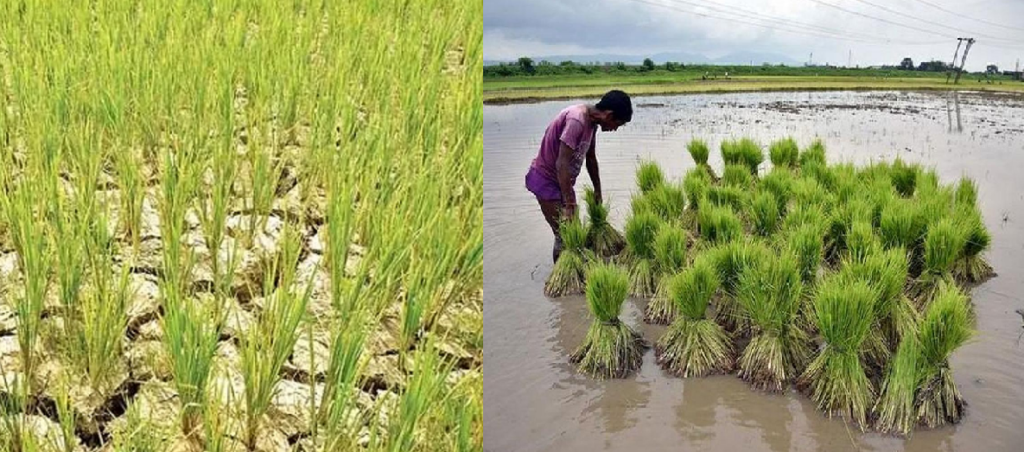
India, with its vast agricultural landscape, is one of the most vulnerable countries to the impacts of climate change. Farmers, especially in rural areas, face increasing challenges due to erratic rainfall, prolonged droughts, and extreme weather events that disrupt their crop cycles and threaten their livelihoods. To combat these adversities, farmers across India are turning to water storage solutions, which are proving to be a lifeline in ensuring consistent irrigation, enhancing water security, and promoting sustainable farming practices.
The Impact of Climate Change on Indian Agriculture
Agriculture is the backbone of India’s economy, with over 60% of its population dependent on it for their livelihood. However, the sector is highly vulnerable to climate change, especially because of the reliance on monsoon rains for irrigation. The unpredictability of these rains due to climate shifts has resulted in severe droughts and flooding in different parts of the country. This not only affects crop yields but also exacerbates water scarcity, making it difficult for farmers to maintain their crops throughout the growing season.
Farmers are now dealing with irregular rainfall patterns, increasing temperatures, and the decreasing availability of water in traditional sources like rivers and lakes. As a result, many are being forced to adapt and innovate to sustain their agricultural practices.
The Role of Water Storage Solutions
To mitigate these challenges, water storage methods are becoming increasingly vital for Indian farmers. By harvesting rainwater and storing it for later use, farmers can ensure a steady water supply during dry spells and reduce their dependence on unreliable monsoon rainfall. Some of the most effective water storage methods being used include:
Rainwater Harvesting
One of the most common and cost-effective methods is rainwater harvesting. Farmers are creating ponds, tanks, and reservoirs on their farms to collect rainwater during the monsoon season. These storage systems can hold substantial amounts of water, which can then be used for irrigation when rainfall is scarce. In some regions, farmers are also constructing check dams and small diversion structures to store rainwater and direct it to their fields.
Micro-irrigation Systems
Micro-irrigation techniques such as drip and sprinkler irrigation allow farmers to optimize the use of stored water. These systems help in delivering water directly to the plant roots, minimizing wastage due to evaporation and runoff. They also ensure that crops receive a consistent supply of water, even during dry periods. Many farmers in water-scarce regions are now adopting these methods to conserve water and boost crop productivity.
Water-efficient Crops
In addition to water storage, Indian farmers are increasingly opting for drought-resistant or water-efficient crop varieties. These crops require less water, making them ideal for regions where water scarcity is a pressing concern. Combining water-efficient crops with proper storage systems enables farmers to reduce water consumption while maintaining healthy crop yields.
Farm Ponds and Check Dams
Several communities in rural India are constructing farm ponds and check dams, which are small, localized water storage structures built to capture rainwater and store it for future use. These structures not only help conserve water but also recharge groundwater tables, ensuring a sustainable source of water for agriculture in the long run. In states like Rajasthan, Maharashtra, and Gujarat, such water conservation practices have significantly improved agricultural productivity.
Conclusion
As climate change continues to pose a significant threat to India’s agricultural sector, water storage systems are proving to be a vital tool in combating these challenges. From rainwater harvesting to micro-irrigation and the construction of farm ponds and check dams, Indian farmers are embracing innovative methods to secure their water supply and sustain their crops. By enhancing water conservation and promoting sustainable farming practices, these initiatives are not only protecting farmers’ livelihoods but also contributing to a more resilient agricultural ecosystem in the face of climate change.


